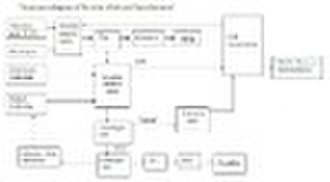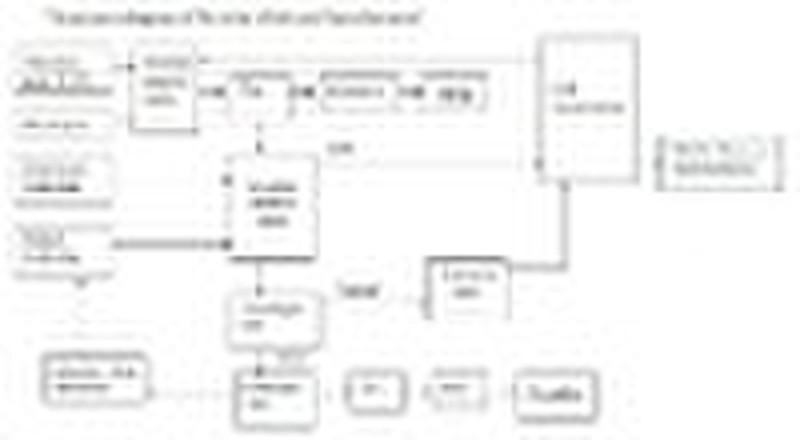Каталог
-
Каталог
- Автомобили и мотоциклы
- Безопасность и защита
- Бизнес
- Бытовая техника
- Бытовая электроника
- Детали машин и услуги по их изготовлению
- Дом и Сад
- Здоровье и медицина
- Игрушки и хобби
- Изделия из металла
- Измерительные и анализирующие приборы и инструменты
- Инструмент
- Красота и личная гигиена
- Мебель
- Мероприятия по охране окружающей среды
- Минералы и металлургия
- Модные аксессуары
- Обувь и аксессуары
- Одежда
- Освещение
- Подарки, сувениры
- Продовольственные товары и напитки
- Промышленное оборудование и техника
- Резина и пластмассы
- Сельское хозяйство
- Специальное оборудование
- Спорт, отдых и досуг
- Сток
- Строительство и недвижимость
- Текстиль и кожа
- Телекоммуникации
- Товары для офиса, учебы. Канцтовары
- Транспорт
- Упаковка и печать
- Химикаты
- Часы, Украшения, Очки
- Чемоданы, сумки
- Электронные компоненты, оборудование, принадлежности
- Электротехническое оборудование и принадлежности
- Энергия
Filters
Search
Введение ноу-хау и обработки техно
Цюйчжоу, Китай

xijing wang
Контактное лицо
Основные данные
| Место происхождения | Zhejiang China (Mainland) |
|---|
The introduction of know-how and processing technology of annual output 10,000 tons cryolite that use fluosilicic acid Date of Cryolite1.1Name: Cryolite:Sodium Cryolite, Sodium aluininum fluoride 1.2 Molecular formula: Na3AlF6 1.3Molecular Weight: 209.94 Property: Colorless monoclinic crystal, white crystal or powder, often contains imputities and appears offwhite, rosiness or primrose yellow with relative density 2.9-3.0, melting point 1000 degree Centigrade, refractive index 1.364. Slightly soluble in water, acidic aqueous solution. Toxic. It will be decomposed when meet alkali. It Can dissolve in aluminum and malysite solution, do not dissolve in hydrochloric acid. Caustic. When meet sulpluric acid, it will be decomposed and discharge poisonous hydrogen fluorite gas. 1.5Usage: Used for aluminium metallurgy latent solvent, crop pesticide, enamel melting agent and opalizer. It can also be use in producing opalescent glass (glass opacifier), madal fusing agent of Aluminum Alloy and rimming steel manufacturing, it is the wear-resisting filler of rubber, grinding wheel and sand paper, etc. 2. Technology and process 2.1 Technical Principle 2.1.1 Fluosilicic acid react with liquid Ammonia make Ammonium fluoride and Silicon dioxide H2SiF6·2H2O + 6NH3 → 6NH4F + SiO2 ↓ 2.1.2 Ammonium fluoride react with Sodium hydroxide and Aluminium hydroxide makes Cryolite Al(OH)3+3NaOH+6NH4F → Na3AlF6+6NH3·H2O or: Ammonium fluoride react with Sodium sulfate and Aluminium sulphate make Cryolite and Ammonium sulphate Al2(SO4)3+12NH4F+3Na2SO4 → 2Na3AlF6+ 6(NH4)2SO4 2.2 The process diagram at attached 3. Requirement on raw materials The greatest advantage of this process is using by-product fluosilicic acid in phosphate fertilizer companies, at the same time it also can use waste caustic soda and waste alumina. 3.1 Fluosilicic acid: Normally, fluosilicic acid comes from phosphate fertilizer plants and AHF plants. The consistency of fluosilicic acid is about 12% 25% in phosphate fertilizer production lines and about 25% 40% in AHF production lines 3.2 Liquid ammonia: Industrial grade liquid ammonia 3.3 Sodium hydroxide: Industrial Caustic soda, liquid caustic soda or waste liquid caustic soda 3.4 Aluminium hydroxide: Industrial grade or waste alumina 4. The investment project Annual output Cryolite 10,000 tons, investment in fixed assets: USD 1.7 million in which: a 10000m2 area lands is required in the project, Investment cost: USD 220,000. b. Workshop, warehouse and other buildings: 2600M2 area, Investment cost: USD 270,000. c. Equipment investment: USD 930,000. d. Fee for Technology transfer fee: is USD 280,000 5. Consumption of Raw Material and Utility for 1 mt Na3AlF6 Product 5.1 Consumption of Raw Material Raw Material Guaranteed10%fluosilicic acid 6860kgLiquid ammonia 99.7% 30kgAluminium hydroxide (99%) 375kgSodium hydroxide (93%) 615kg5.2 Utility consumption Electrical energy approx.150KWH Steam (6 bar) approx. 3500kg Coal or Coal Gas approx. 12×106 kJ Explanation: If using waste alumina instead of aluminium hydroxide in raw materials, this part of costs will reduce 50%. If using waste lye instead of sodium hydroxide in raw materials, this part of costs will reduce 70%; If increase the fluosilicic acid contents to 20%, the stream consumption will reduce greatly. 6. The advantage of Dingsheng’s technology 6.1 Unique production process in China. Take full advantage of Fl in fluosilicic acid which in line with the requirements of the national circular economy development. 6.2 Low Production costs , the cost is lower about 30% than using other processes to produce cryolite. 6.3 The quality of cryolite can measure up the standard over I grade of GB/T 4291-2007 . 6.4 Automation control system by DCS. 7. Dingsheng company provides design and services as following: 7.1 The basic design of P&ID Cryolite know-how 7.2 The basic design of all non-standard equipments 7.3 Material balance Diagram and Energy balances Diagram 7.4 Condition list of electrical and instrument 7.5 Selection model of general equipment 7.6 General Plan Design 7.7 Basic information for construction, Fire, safety, environmental protection, etc. 7.8 Process Manuals. 7.9 Commissioning assistance at plant site and staffs training on this technology.
-
Способы оплаты
Для оплаты товаров и услуг на нашем портале, Вы всегда получаете счет, в котором Вам необходимо самостоятельно указать свои данные.
Мы принимаем к оплате:









